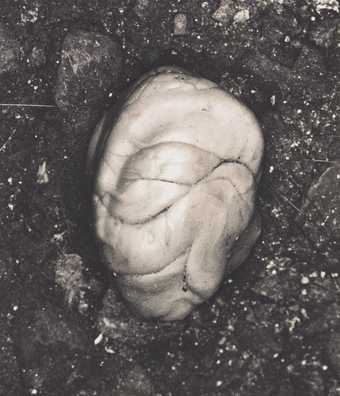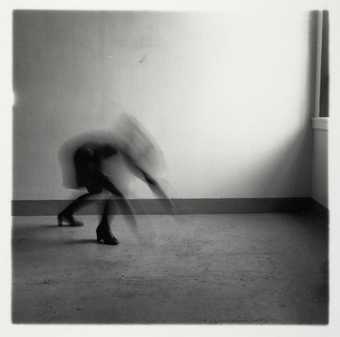Transform your view of overlooked objects with Irving Penn’s photographs of rubbish on the streets of New York City
Photographed when Penn was 83, Underfoot is one of the artist’s last bodies of work. He used a portable stool and hand-held camera specially fitted with tubes that extended the lens down to the pavement. This allowed him to take extremely close-up views of discarded things, mostly chewing gum but also matches and cigarette butts. The printed photographs isolate and enlarge the individual items of rubbish, giving them a new significance.
Underfoot asks us to pay attention to things we tend to ignore. The composition of each image is simple, focusing on the unique appearance of a single object. While grounded in the mundane, the work encourages imaginative associations. Penn wrote that photography ‘deals with the real world but at the same time seeks to free itself of it’.
Penn made images for Vogue magazine for 66 years. As well as his fashion photography, he worked across portraiture, still lifes and conceptual projects. Throughout his practice he was interested in how photography could elevate the ordinary to the status of art.
There may be some humour in this project. Penn deliberately turns his lens away from more obviously exciting scenes on New York’s streets, finding fascination on its pavements instead.
The Tate 100 Gallery
Tate Modern



